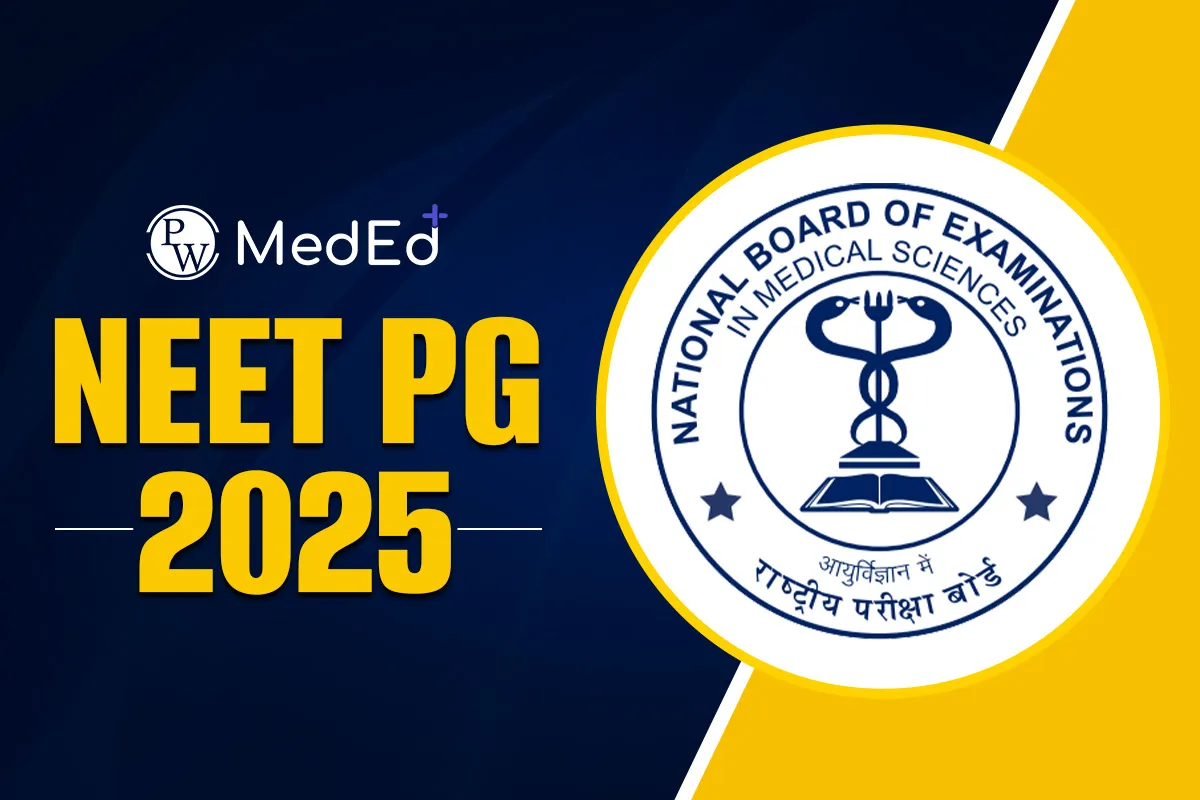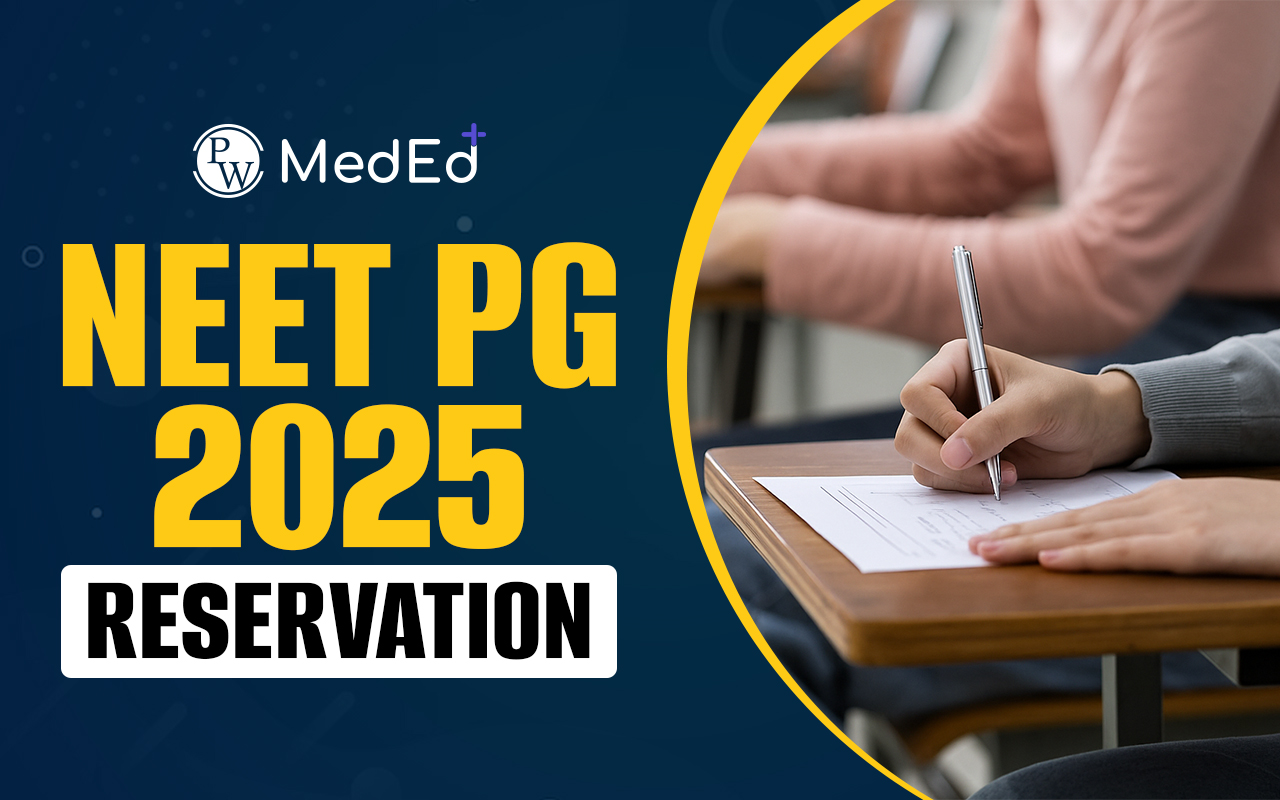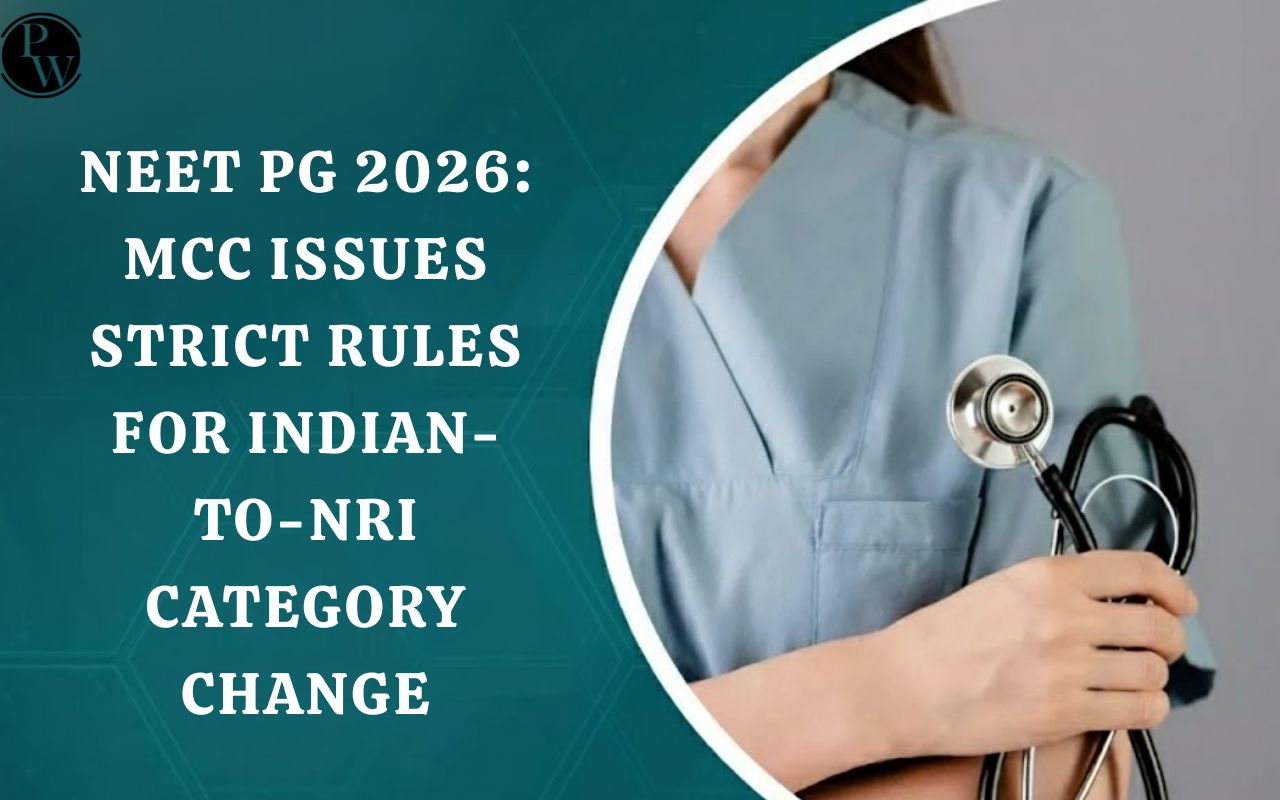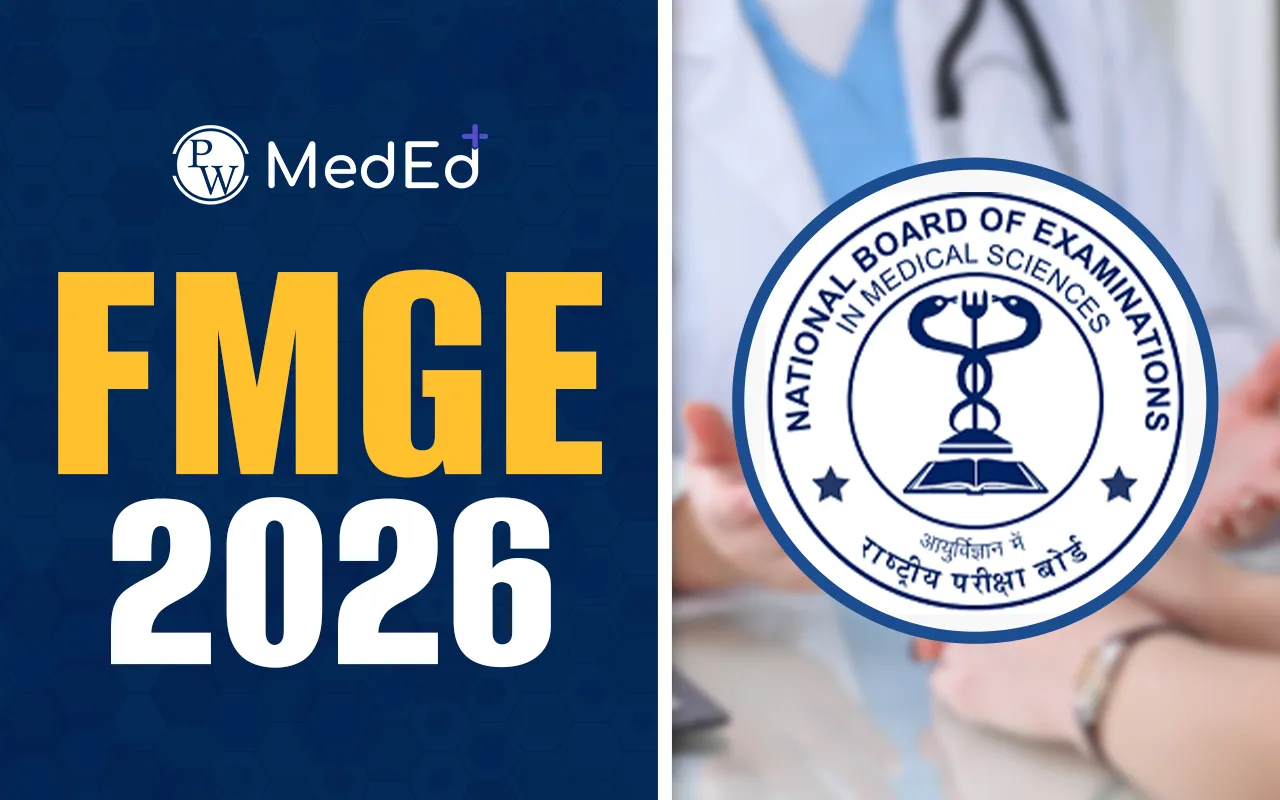
The tongue is a muscular organ in our mouth, with its front end free and its posterior end fixed at the base of the mouth.
The tongue is made up of different layers of muscle tissue, which are either intrinsic muscles with no outside attachments other than the tongue itself or extrinsic muscles with outside bony anchor points. Extrinsic muscles of the tongue include the genioglossus, hyoglossus, styloglossus, and palatoglossus muscles. They help in changing the position of the tongue, whereas intrinsic muscles help in changing the shape of the tongue.Structure of the Tongue
The tip, or apex, of the tongue is the most anterior and most mobile aspect of the organ. The tip is followed by the body of the tongue. It has a rough dorsal surface, which touches the palate and is populated by lingual papillae and taste buds, and a smooth ventral surface, which is attached to the floor of the oral cavity by the lingual frenulum. The base of the tongue is the most posterior portion of the tongue, which has lingual tonsils and foliate (leaf-shaped) papillae along the posterolateral surface. The tongue is divided into two symmetrical halves by a median fibrous septum, which runs from the tip to the base, providing structural support. Additionally, the tongue is highly vascularized, with a rich supply of blood vessels that maintain its mobility and functionality. The tongue’s surface is covered by a specialized mucous membrane that contains numerous glands. These glands secrete mucus and serous fluid, which keep the tongue moist and help in the digestion and taste processes.Taste Buds
The tongue is covered with mucosa and has different bumps called papillae and taste buds. There are four types of taste buds, namely fungiform, filiform, circumvallate, and foliate. They have different spatial distributions throughout the tongue, which is why we perceive taste at different positions on the tongue.- Fungiform Papillae : These are mushroom-shaped and are scattered across the tip and sides of the tongue. They contain taste buds that are sensitive to sweet and salty tastes.
- Filiform Papillae : These are the most numerous and cover most of the tongue’s surface. They do not contain taste buds but are important for the texture and sensation of food.
- Circumvallate Papillae: These are large and dome-shaped, arranged in an inverted V at the back of the tongue. They contain numerous taste buds sensitive to bitter tastes.
- Foliate Papillae: These are leaf-shaped and located on the sides of the tongue. They are more prominent in children and contain taste buds sensitive to sour tastes.
Functions
The tongue helps in the lubrication of food, mixing it with saliva to form a bolus that can be easily swallowed. It also aids in the initial mechanical breakdown of food through its movements and pressure against the hard palate and teeth. Taste perception is another critical function of the tongue. Taste buds detect five basic tastes: sweet, salty, sour, bitter, and umami. This allows us to enjoy different flavors and also plays a role in identifying potentially harmful substances. The tongue also plays a crucial role in speech and communication. Its movements help in articulating sounds and forming words, enabling clear and effective speech. Additionally, the tongue is involved in oral hygiene, helping to clean the mouth by removing food particles and debris from the teeth and gums. The tongue’s ability to sense temperature and texture also contributes to the overall sensory experience of eating and drinking.T<span style=
What is the tongue tie disorder also called ankyloglossia?
Frenum (the band of tissue that connects your tongue to the floor of your mouth) is too short. As a result, it’s difficult to move your tongue freely. In babies, this can cause breastfeeding problems. Tongue-tie may also have a negative impact on speech. Tongue-tie can be treated with a frenectomy.
What is dysgeusia?
Desguesia is a change of taste. Ageusia is the absence of taste. It can be caused by some infections like COVID 19
What is a umami taste?
Umami, which is also known as monosodium glutamate, is one of the basic five tastes including sweet, sour, salty, and bitter. Umami means “delicious savory taste”.
What could be the causes of white patches on the tongue?
White patches on your tongue could indicate candida thrush a fungal infection. It can also represent some premalignant conditions like leukoplakia.
Talk to a counsellorHave doubts? Our support team will be happy to assist you!

Check out these Related Articles
Free Learning Resources
PW Books
Notes (Class 10-12)
PW Study Materials
Notes (Class 6-9)
Ncert Solutions
Govt Exams
Class 6th to 12th Online Courses
Govt Job Exams Courses
UPSC Coaching
Defence Exam Coaching
Gate Exam Coaching
Other Exams
Know about Physics Wallah
Physics Wallah is an Indian edtech platform that provides accessible & comprehensive learning experiences to students from Class 6th to postgraduate level. We also provide extensive NCERT solutions, sample paper, NEET, JEE Mains, BITSAT previous year papers & more such resources to students. Physics Wallah also caters to over 3.5 million registered students and over 78 lakh+ Youtube subscribers with 4.8 rating on its app.
We Stand Out because
We provide students with intensive courses with India’s qualified & experienced faculties & mentors. PW strives to make the learning experience comprehensive and accessible for students of all sections of society. We believe in empowering every single student who couldn't dream of a good career in engineering and medical field earlier.
Our Key Focus Areas
Physics Wallah's main focus is to make the learning experience as economical as possible for all students. With our affordable courses like Lakshya, Udaan and Arjuna and many others, we have been able to provide a platform for lakhs of aspirants. From providing Chemistry, Maths, Physics formula to giving e-books of eminent authors like RD Sharma, RS Aggarwal and Lakhmir Singh, PW focuses on every single student's need for preparation.
What Makes Us Different
Physics Wallah strives to develop a comprehensive pedagogical structure for students, where they get a state-of-the-art learning experience with study material and resources. Apart from catering students preparing for JEE Mains and NEET, PW also provides study material for each state board like Uttar Pradesh, Bihar, and others
Copyright © 2025 Physicswallah Limited All rights reserved.
Get App









